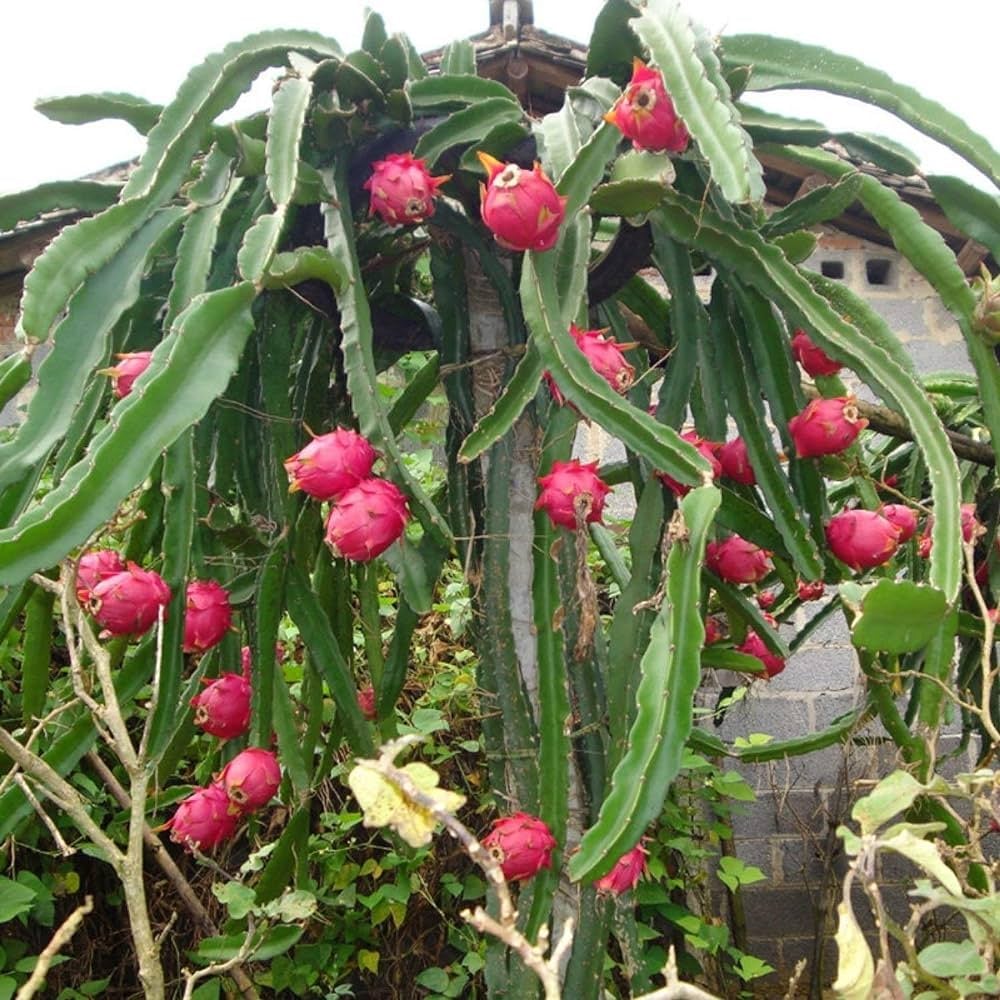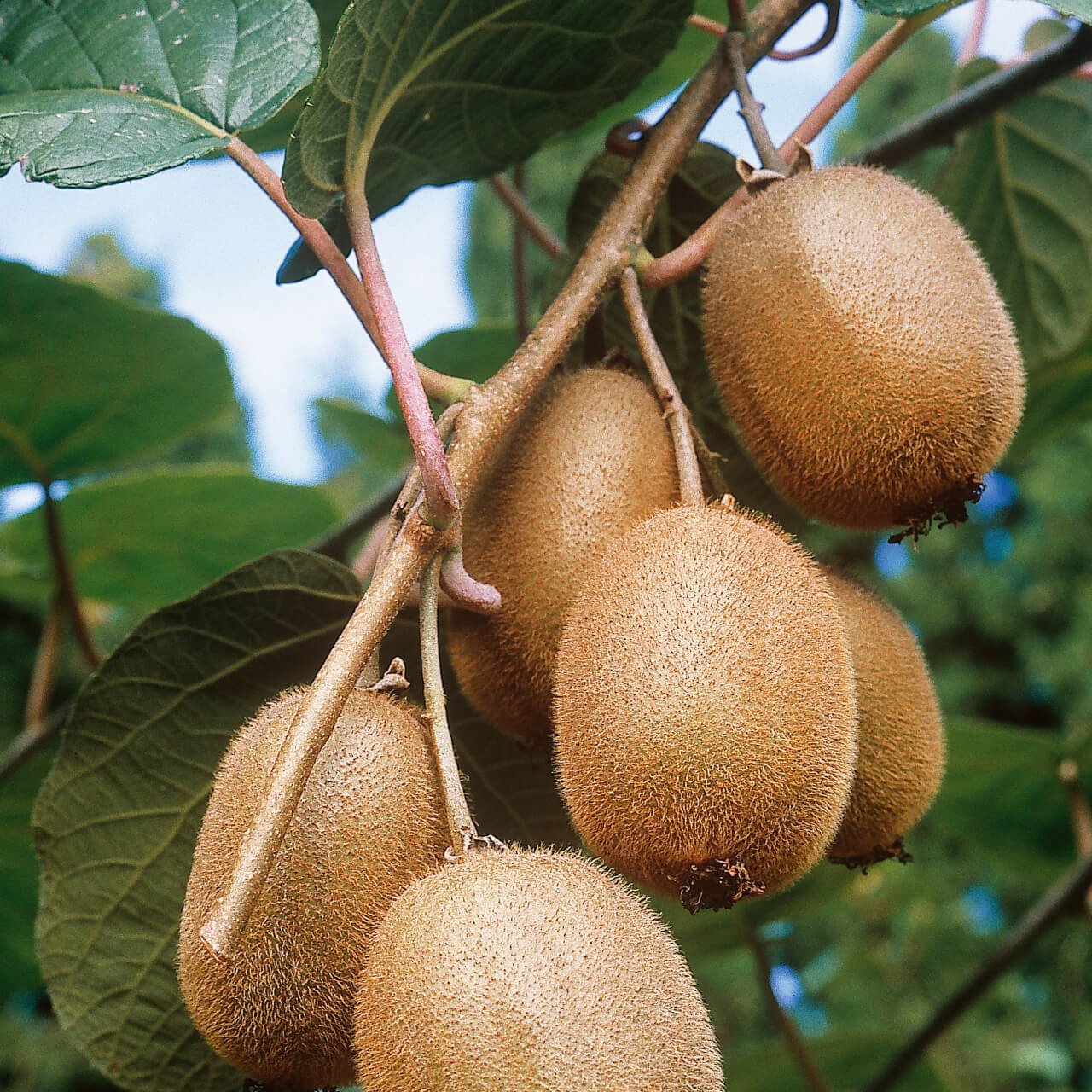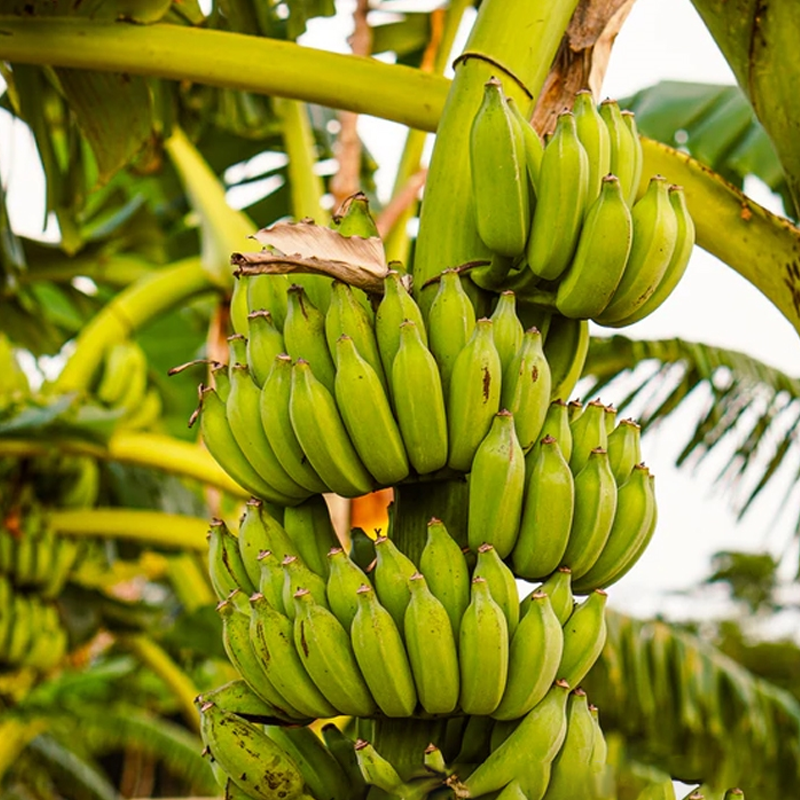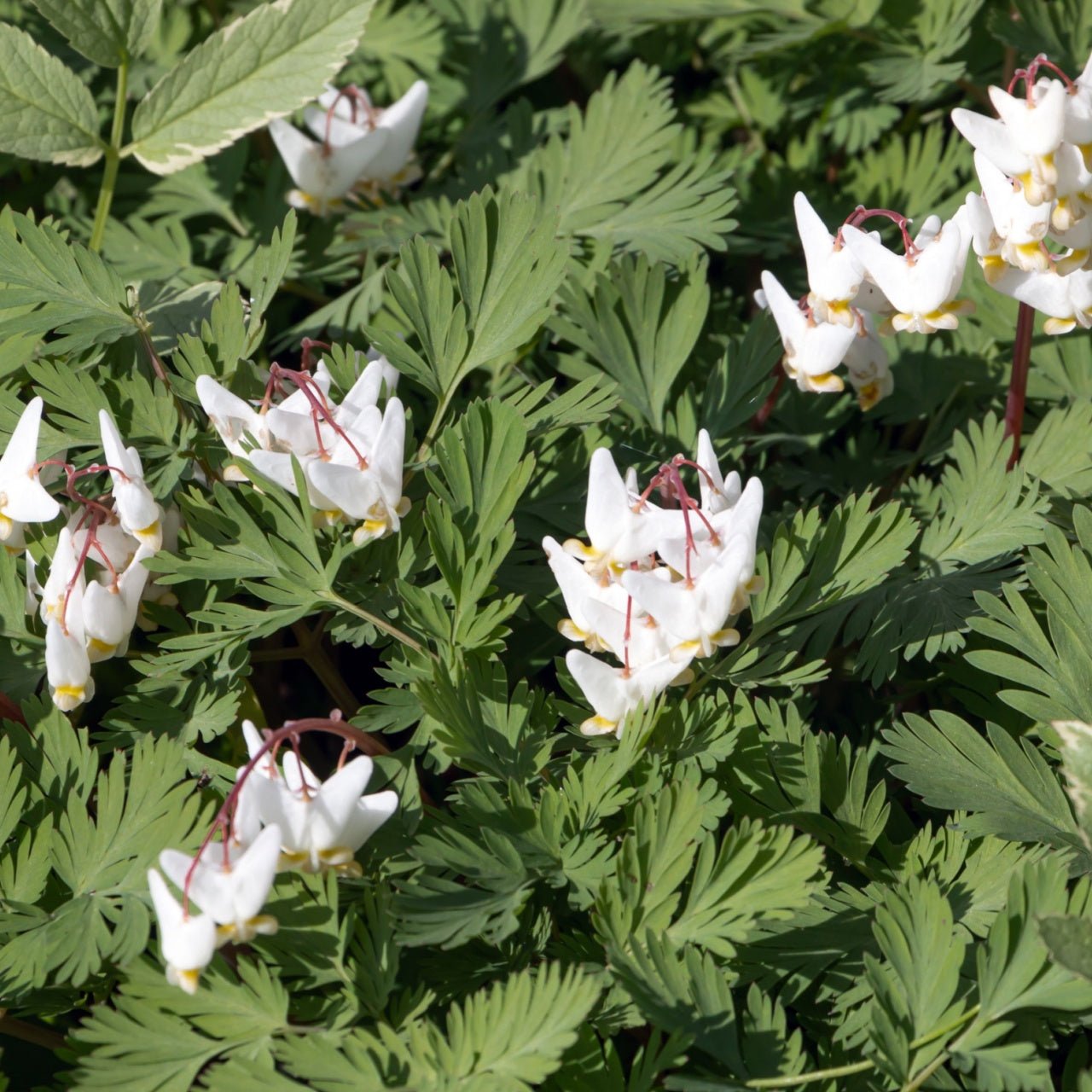


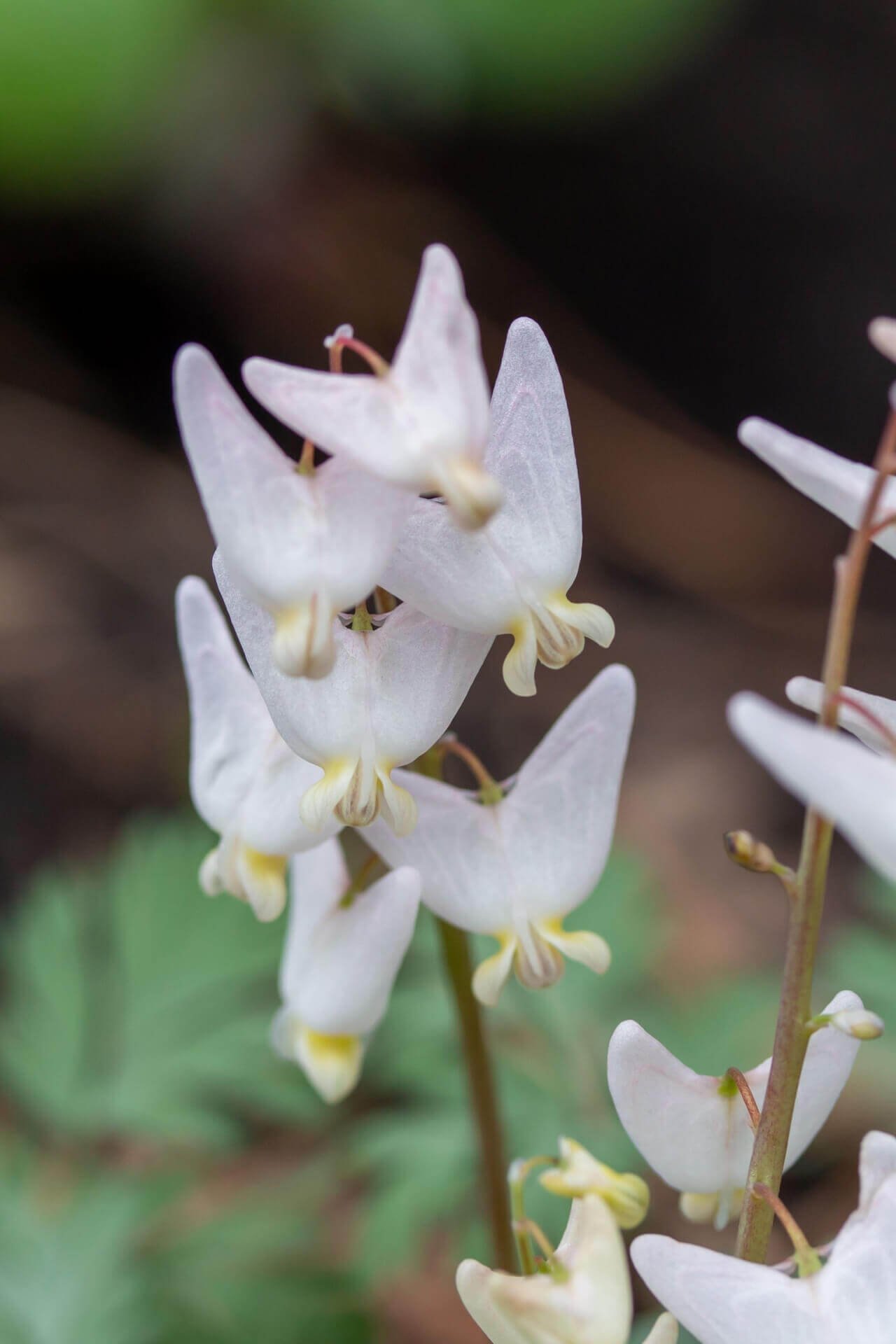

Dutchman's Breeches
Unique, whimsical springtime blooms
Low maintenance and deer-resistant
Great for shaded garden areas
Thrives in
ZONE 3ZONE 4ZONE 5ZONE 6ZONE 7This plant ships:
Ships Week of May 12th1 Year Guarantee on all plants
Dutchman’s Breeches - Dicentra cucullaria
The Dutchman’s Breeches is a charming herbaceous perennial native to eastern North America. The leaves of this luscious plant are featherlike in appearance, reminiscent of a fern, and form compact clusters in the shape of a tiny 6 to 12 in tall bush. This plant blooms around mid to late spring before the leaves of the deciduous overstory have fully fill in. They form a delicately arching raceme where the pant-like flowers hang upside down in a dense line.
While this plant prefers moist, humus-rich, fertile soils, it can tolerate different types of soil pHs. This plant will not do well in dry soil, so make sure to plant them in consistently moist, but well-drained, and partially shaded area of your garden for best growth and flower production.
Plant Details - Dutchman's Breeches
Family: Fumariaceae
Hardiness Zones: 3 to 8
Light Requirement: Partial to full shade
Water Needs: moderate to moist
Height: 6 to 12 in
Spread: 6 to 8 in
Growth Rate: Moderate
Bloom Time: April–May
Flower Color: White with yellow tips
Wildlife Value: Attractive to pollinators
As the Dutchman’s Breeches is an early bloomer, it provides a reliable nectar source for early emergent bees. In fact, bumblebees are the most effective pollinator for this plant as they can sufficiently open the inner and outer parts of the flower for pollination and these adorable flowers have adapted to be dependent on bumblebees for their reproduction.
Once the seeds have ripened in late spring, the plant dies back and the root system stays dormant throughout the summer months. While these plants are relatively ephemeral, their short-lived presence in the garden (or natural environment) is a heart-warming reminder that spring is here and warm weather is on the way!
Landscape Uses and Maintenance - Dutchman's Breeches
While it is full-shade tolerant, the lack of light will impact flower production. Preferably plant this herbaceous perennial in partial shade with dappled light. They are an attractive addition to a woodland garden and make a charming ornament to the base of established trees for an extra pop of fluffy green foliage to the barked trunk.
This plant will spread and can cover a fair amount of area over a couple of years. As such, it makes a great ground cover, under planting for shrubs, and woodland gardens. It can be propagated through plant division. Be wary as slugs will take advantage of the tender leaves of this plant; however, once established, it is rabbit resistant and predominately disease free.
Noteworthy Characteristics
Attractive to bumblebees, adorable pant-shaped flowers, low maintenance.
Plant these charmingly delicate flowers in the shady area of a pollinator garden to bring a bustle of bees and butterflies to your yard. Shop for Dutchman’s Breeches online at TN Nursery. For 68 years, we have served the landscaping industry and homeowners with specimen plants.
This Is How Your Plants Will Look upon Delivery
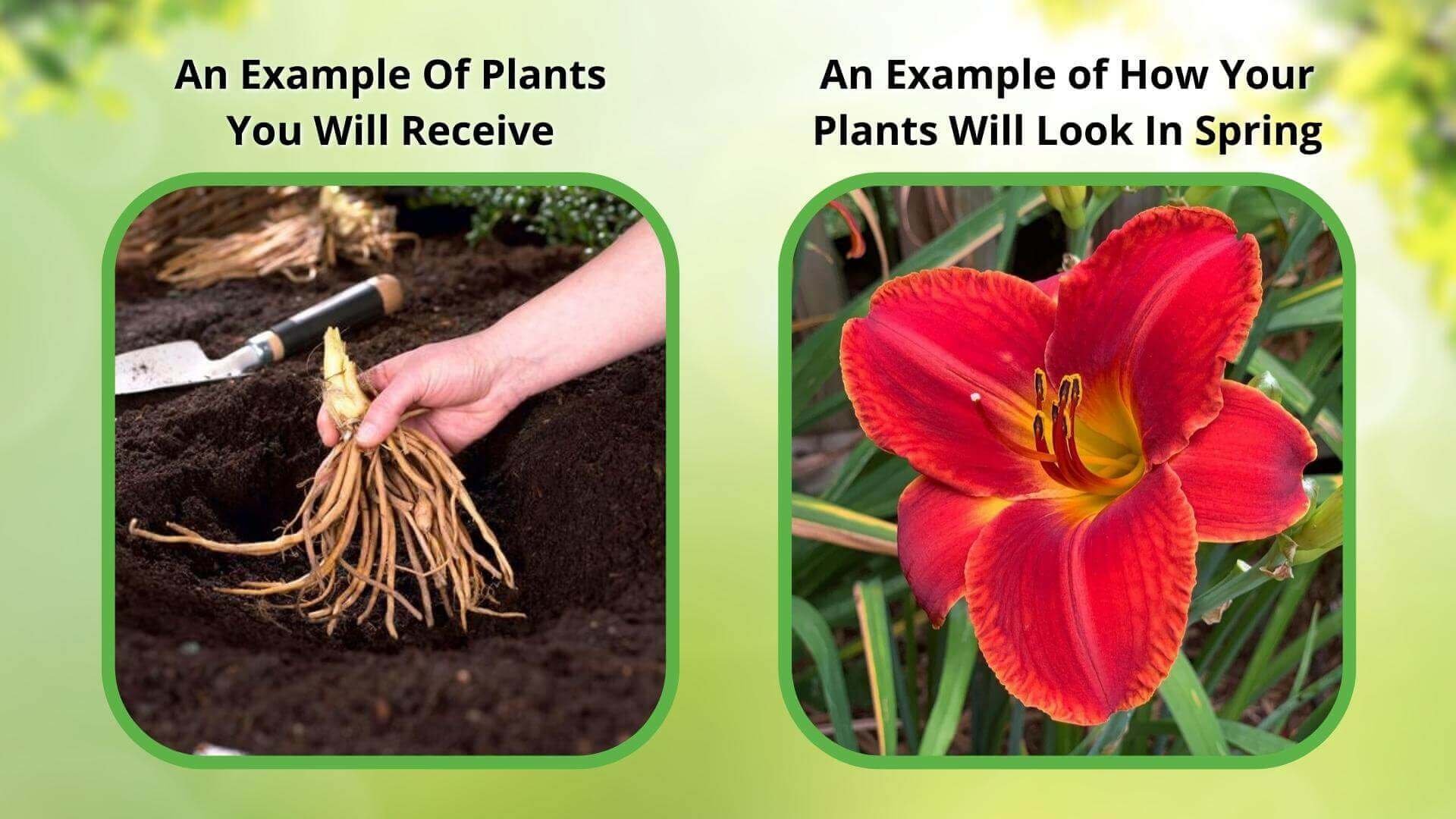
Bloom Season
Spring
Bloom/Foliage Color
White
Height at Maturity
Over 12"
Care
Dutchman's Breeches thrive in well-drained, organic soil. Keep the soil always damp but not soggy. They benefit from occasional fertilization in early spring. Remove spent flowers to encourage neat growth. Allow foliage to die back naturally for best results.
Plant Reproduction
Dutchman's Breeches spread by dispersing their seeds, which ants often carry.
Shipping date depends on the date displayed and chosen when you order from the product's page.
We only accept returns on plants verified dead. If you think your plants have died, we offer a 1 year warranty, please use this File a Claim Link to verify dead plants and start with return warranty process.






.png?v=1722112729094&em-origin=cdn.accentuate.io&em-format=auto)
Natural Woodland Appeal:
With their delicate, arching stems and unique flower shape, Dutchman's Breeches evoke a natural, woodland charm. They blend seamlessly with other shade-loving plants and enhance the overall beauty of a naturalized garden setting.
Charming Floral Design:
Dutchman's Breeches showcase creamy white or pinkish flowers resembling old-fashioned Dutch pantaloons hanging upside-down. Their outer petals form a distinctive 'V' shape with yellow-tipped bases, adding a whimsical touch to any garden.
Ideal for Shaded Areas:
Perfect for wildflower and woodland gardens, Dutchman's Breeches thrive in shaded spots under mature trees, making them an excellent choice for adding beauty to low-light areas
Low-Maintenance Growth:
Grown from corms, which multiply underground, Dutchman's Breeches are easy to propagate by dividing mature corms. They require minimal maintenance once established, making them a hassle-free addition.
Caring Tips
How do I care for my Dutchman's Breeches?
Each box contains detailed care instructions and information about your product. But here's the basics.
Care Tips
Dutchman's Breeches thrive in well-drained, organic soil. Keep the soil always damp but not soggy. They benefit from occasional fertilization in early spring. Remove spent flowers to encourage neat growth. Allow foliage to die back naturally for best results.
Light Requirements
Dutchman's Breeches (Dicentra cucullaria) thrive in dappled or partial shade. This woodland perennial prefers the filtered light of a forest understory, which mimics its natural habitat, providing excellent, indirect sunlight that supports its delicate foliage and unique blooms.
Hardy Planting Zones
3 • 4 • 5 • 6 • 7
Header
Use this content to share information about your store and products.
Frequently Asked Questions
How often should I water my plants?
How do I know if my plant is getting too much or too little sunlight?
What should I do to prepare my plants for winter?
What are the signs that my plant needs fertilizing?
How can I prevent pests from damaging my plants?
How do I choose the right plant for my climate zone?




